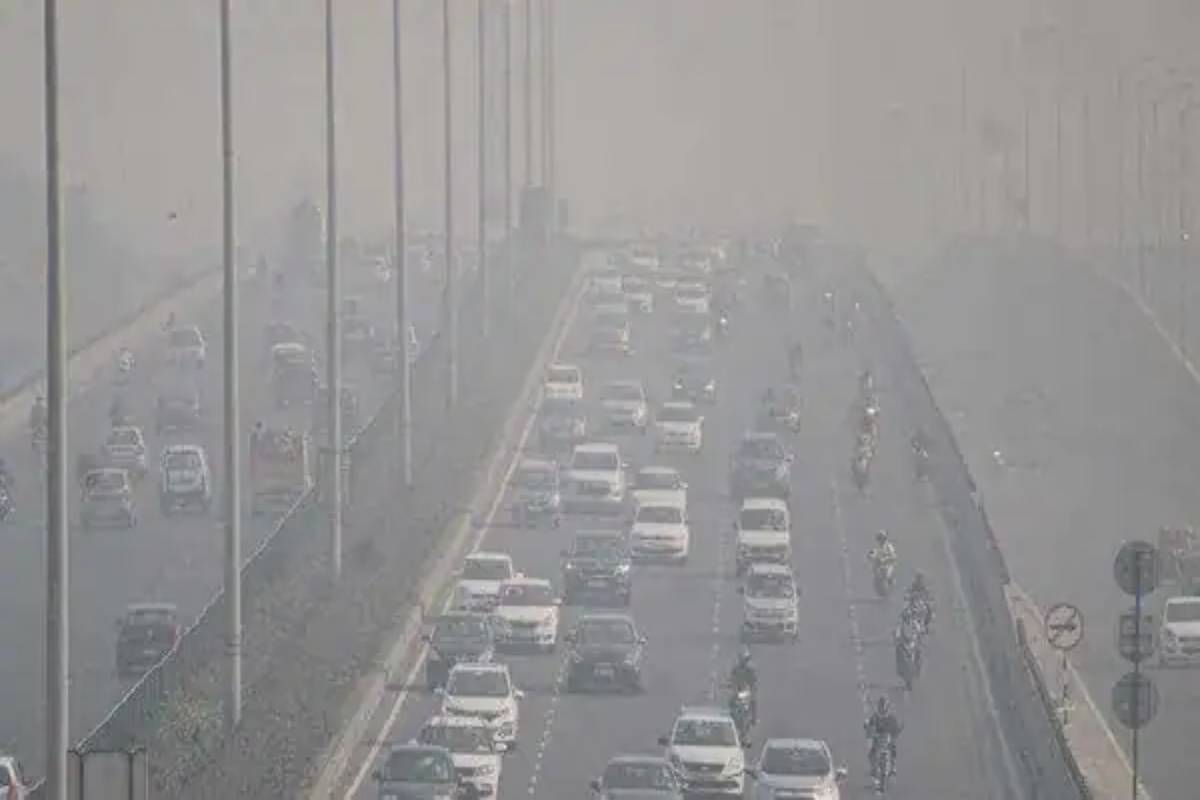Even as air quality in the national capital fell to the ‘very poor’ category, city doctors on Tuesday reported a 30 per cent surge in respiratory diseases like asthma and chronic obstructive pulmonary disease (COPD).
A thick layer of smog enveloped Delhi on Tuesday morning as the city’s air quality deteriorated to the ‘very poor’ category. According to the Central Pollution Control Board (CPCB), 27 monitoring stations in the national capital fell in the red zone, with an Air Quality Index (AQI) of 317 recorded around 9:00 a.m.
Advertisement
The health experts blamed changing weather and pollution levels for the rise in respiratory disease. Children, pregnant women, and the elderly are at the highest risk.
Dr. Vikas Maurya, Senior Director and HOD Pulmonology, Fortis Hospital told IANS that as winter is approaching and pollution is increasing with lower AQI, there has been an increase in cases of acute bronchitis and asthma attack.
“There has been a 30-40 per cent rise in these respiratory diseases. Pollutants with PM 2.5 and PM 10 along with dust particles and vehicular emissions in increased concentration are causing irritation and inflammation to the airways when inhaled,” Maurya said.
Children, the elderly, those with weak immunity, and those with pre-existing lung diseases like asthma, COPD, and cardiac issues are more at risk.
These people are more likely to present with symptoms like excessive cough, mucus production, sneezing, chest pain, and breathing problems.
“With the approaching winter season, stubble burning, vehicular exhaust, the pollutants in the air have crossed levels suitable for human health. These toxic gases irritate the lungs, especially of the elderly and asthmatic and COPD patients,” Bobby Bhalotra, Prof and senior consultant, Department of Chest Medicine, SGRH told IANS.
The experts advised people to take precautions, such as wearing masks, and using air purifiers indoors if they are immobile in bed and are in the high-risk category. They also called for avoiding outdoor activities when air quality is poor.
Dr Vikas Mittal, Pulmonologist, Department of Respiratory Medicine, C K Birla Hospital, told IANS that the asthma cases are also being driven by the seasonal transition and an increase in pollen counts. Allergic rhinitis is also seeing an uptick due to similar triggers, he said.
“The current seasonal transition has resulted in fluctuating temperatures, which, alongside high pollen levels, are exacerbating asthma and other respiratory diseases. The conditions are complicating air quality, making it harder for those with pre-existing respiratory conditions to breathe easily,” Mittal said. The hospital is witnessing 20-30 per cent cases of asthma and other respiratory diseases.
The experts called on people with lung diseases to take their preventive medication regularly and keep indoor plants air purifiers to keep indoors clean.
Bhalotra recommended immediate medical care in case of breathing trouble indicated by fast pulse rate and inability to complete sentences.











